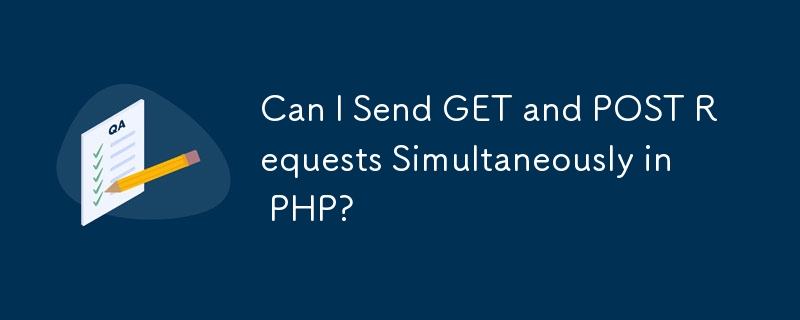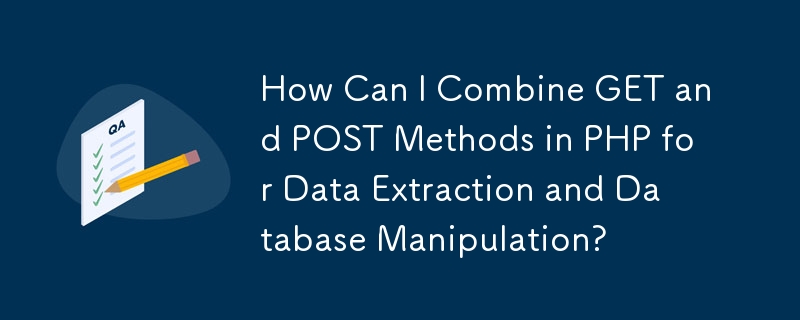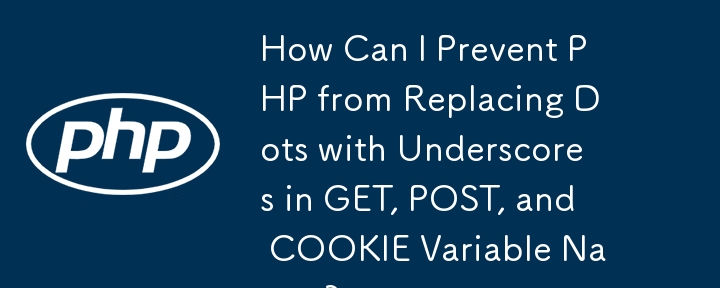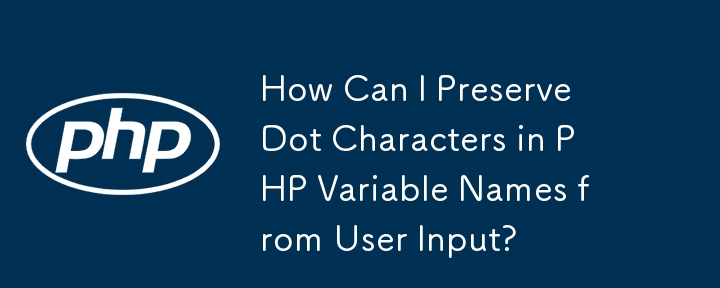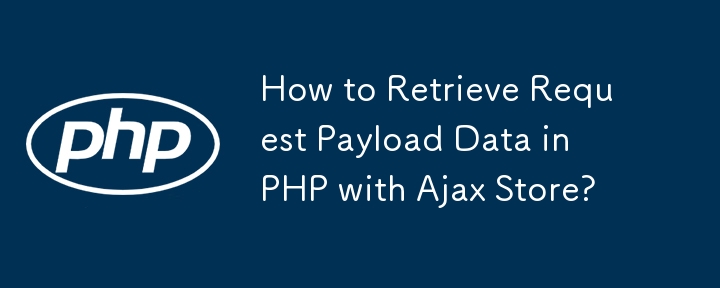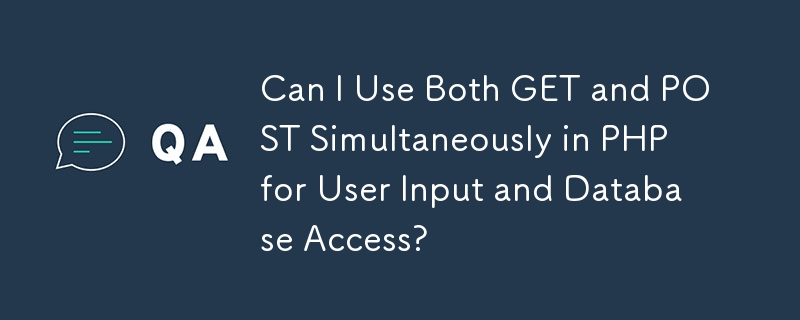Found a total of 10000 related content

How to use GET and POST in php
Article Introduction:The GET method passes data through URLs, which is suitable for retrieval of non-sensitive information; the POST method places data in the request body, which is more secure and suitable for submitting sensitive or large amounts of data.
2025-08-21
comment 0
784
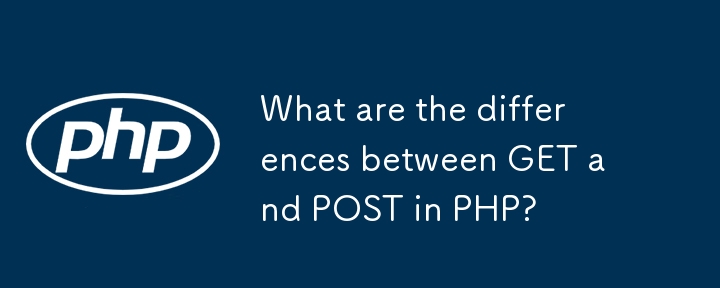
What are the differences between GET and POST in PHP?
Article Introduction:The GET method passes data through URLs, which is suitable for obtaining small amounts of non-sensitive information; the POST method places data in the request body, which is more secure and suitable for transmitting large amounts of or sensitive data.
2025-09-03
comment 0
811

Quick Tip: How to Get the Current Date in PHP
Article Introduction:PHP provides a variety of functions and classes for processing dates and times. This article will explore different ways to get the current date and time in PHP and discuss some additional considerations when dealing with time in PHP.
Key Points
PHP provides a variety of methods to get the current date and time, including the date() function, the time() and gmdate() functions, and the DateTime classes. Each method allows for different formatting options and considerations, such as time zones.
When using the date() function and the DateTime class, the server's local time zone is used by default. To use a different time zone, you can use date_default_timez
2025-02-08
comment 0
1017
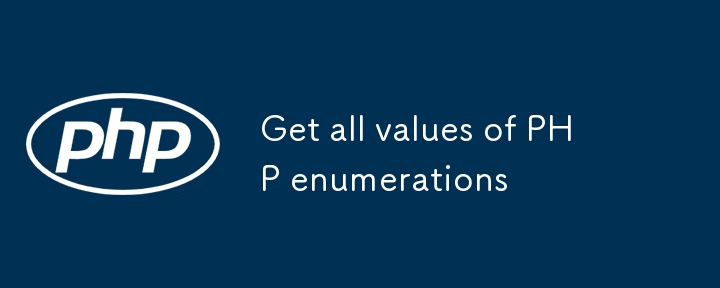
Get all values ??of PHP enumeration
Article Introduction:This article describes how to get all values ??of an enum in PHP 8.1 and later. For basic enumerations and enumerations with associated values, methods for obtaining names and values ??are provided, and a general trait is provided to facilitate converting enumerations into arrays for more flexible use of enum data.
2025-09-06
comment 0
730

What is the Difference Between `GET` and `POST` in PHP Forms?
Article Introduction:The choice of GET or POST depends on the data delivery method, security and operation type. 1. GET transmits data through URLs, which is visible and easy to be tampered with, and is suitable for scenarios where there is no sensitive information; POST places the data in the request body, which is more hidden and suitable for submitting sensitive information. 2.GET supports bookmarks and caching, which is suitable for search, filtering and other operations that do not change the server status; POST is not cached or bookmarked by default, which is suitable for logging in, uploading files, creating or modifying data. 3. GET is limited by the URL length, usually no more than 2048 characters, and is not suitable for large amounts of data or binary content; POST sends data through the request body, and there is no such restriction. 4. POST is more secure than GET, but both require HTTPS encryption to truly ensure security
2025-07-10
comment 0
938
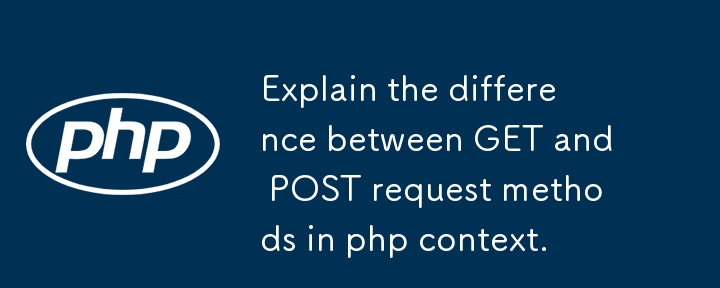
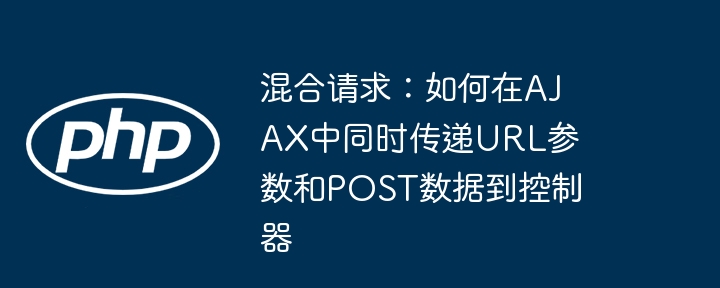
Mixed request: How to pass URL parameters and POST data to controller simultaneously in AJAX
Article Introduction:This article introduces in detail how to efficiently pass URL query parameters and POST data to the backend controller through AJAX requests in web development. We will explore how client JavaScript gets URL parameters and constructs mixed requests, and how PHP controllers correctly distinguish and receive data of GET and POST types, ensuring flexibility and accuracy of data transmission, and providing specific code examples and best practices.
2025-08-19
comment 0
445

From URL parameters to AJAX POST data: PHP controller reception policy
Article Introduction:This tutorial explains in detail how to safely and efficiently pass GET parameters obtained from URLs through JavaScript to AJAX data stream using POST requests in a web application, and are correctly received and processed by the PHP controller. The article covers implementation details of front-end JavaScript (URLSearchParams and DataTables AJAX configuration) and back-end PHP ($this->input->post()), emphasizing consistency and best practices of data transfer types to ensure accurate data transfer between clients and servers.
2025-08-19
comment 0
811

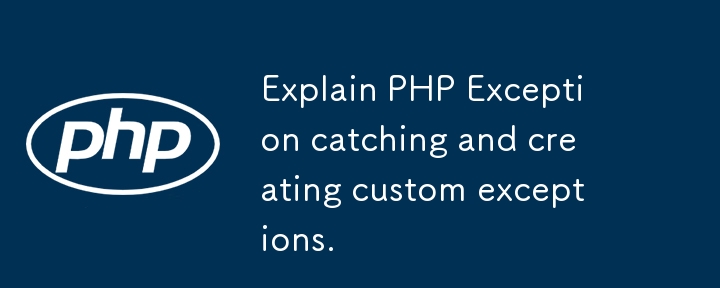
Explain PHP Exception catching and creating custom exceptions.
Article Introduction:In PHP development, catch exceptions and customize exception classes to improve code robustness. 1. Use try to wrap error codes, catch catch and handle exceptions, throw manually exceptions; 2. Custom exception classes inherit Exceptions, such as DatabaseException, PermissionException, and targeted processing; 3. Get detailed error information through getMessage(), getCode(), getFile() and other methods for debugging, but the production environment needs to turn off sensitive output.
2025-07-10
comment 0
837
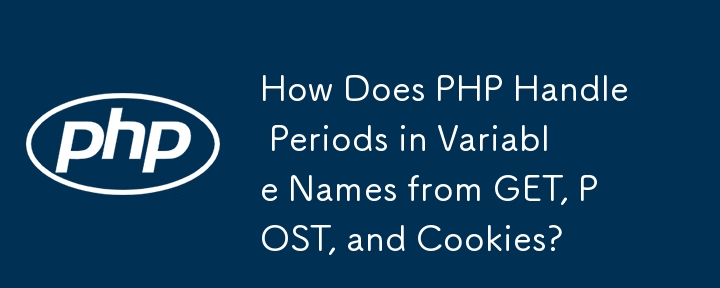
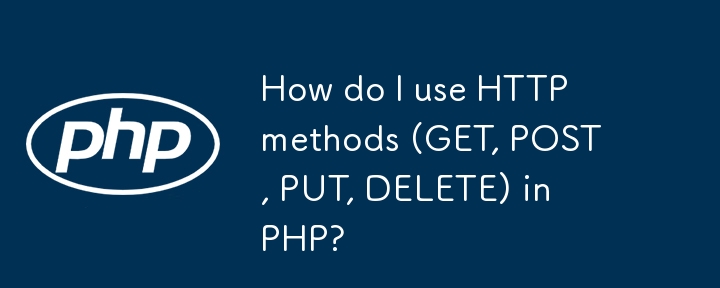
How do I use HTTP methods (GET, POST, PUT, DELETE) in PHP?
Article Introduction:The method of judging and processing HTTP requests in PHP can be implemented through $_SERVER['REQUEST_METHOD']. The specific steps are as follows: 1. Use $method=$_SERVER['REQUEST_METHOD'] to obtain the current request method; 2. Use if/elseif to judge GET, POST, PUT or DELETE requests and process them separately; 3. The GET data obtains URL query parameters through $_GET, and the POST data obtains the form submission content through $_POST; 4. PUT and DELETE requests need to read data from the php://input input stream, and you can use parse_str() or json_d
2025-06-21
comment 0
509

Why Using POST for Updates Is Safer Than Hyperlinks
Article Introduction:When updating a record in PHP, the choice between using Perform Actions (typically via forms and HTTP methods like POST or PUT) versus Hyperlinks (which generally use the GET method) boils down to security and best practices. Here’s why Perform Actio
2024-11-26
comment 0
924
